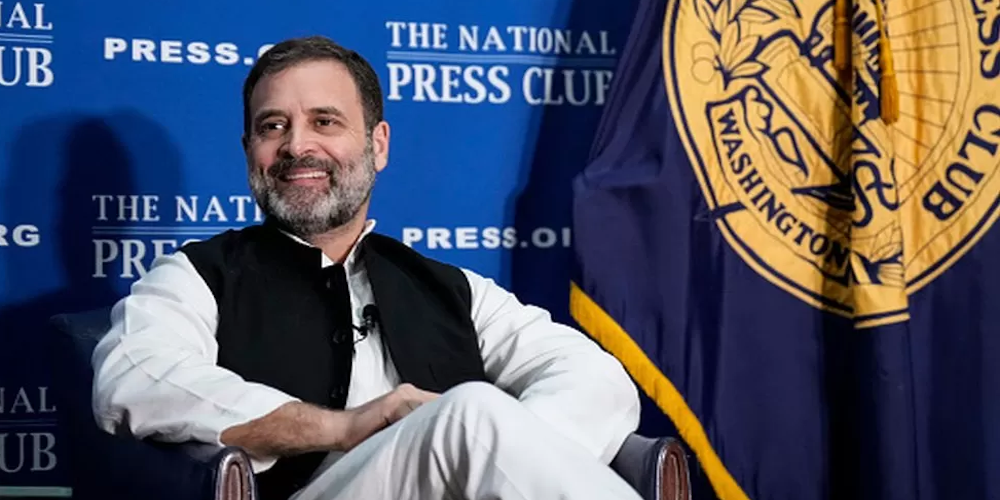India and Indian-Americans

As India’s global profile ascends and its alliance with the US grows stronger, political influence of Indian-Americans in the US and the role they play in India’s foreign policy has risen
On June 22, Indian Prime Minister Narendra Modi will make his first official state visit to the United States. And if his visits to Australia last month, to Canada in 2015 and to Texas in 2019 are any indication, he’ll be given a rockstar welcome.
U.S. President Joe Biden has already joked that he wants Modi’s autograph because so many people want to see the Indian PM while he’s in the United States.
As the prime minister of the world’s largest democracy, Modi remains one of the world’s most popular leaders – not just at home, but among the tens of millions who make up the global South Asian diaspora.
Last week, perhaps in an acknowledgement of the power of the Indian diaspora on Indian elections, the former leader of the opposition, Rahul Gandhi, also visited the United States.
How important is that diaspora? With India having one of the highest remittance rates in the world, how much does overseas support contribute to Modi’s popularity and success? And what kind of an impact could that diaspora have on Indian politics?
It may be noted that Indian-Americans have the highest median income among all immigrant communities in the US and contribute significant funds to American and Indian political parties. With Indian-Americans playing an active role in US politics as voters and candidates, they are considered more than “soft power”.
A 2019 study found that donors from the community gave the most in individual contributions to Democratic candidates compared to other Asian Americans.
Any positive news coverage reported back home also has the potential to “boost electoral prospects” in India, says Milan Vaishnav of the Carnegie Endowment for International Peace, a think-tank in Washington.

Though Prime Minister Atal Bihari Vajpayee was one of the first to start engaging with the diaspora in the 2000s, Modi’s rockstar-like appeal among the Indian diaspora is “unique”, he says.
In 2014, nearly 20,000 Indian-Americans cheered for PM Modi at New York’s Madison Square Garden. “Is there another world leader who would have the capacity or audacity to sell out Madison Square Garden?” Mr Vaishanv asks. “I can’t think of anyone.”
In 2019, 50,000 Indian-Americans arrived at a Houston event to see PM Modi with then US President Donald Trump. It was the largest reception a foreign leader had received in the US, apart from the Pope. Mr Trump called it “exceptional”.
Why do Indian-Americans, who can’t vote in India, care about Indian politicians?
The community is known to sustain deep familial, cultural and economic ties with their homeland. For many, personal investments are at stake.
Indian-Americans have great jobs in the US. Many might go back or stay here, but a lot of them have investments in India – land, house, stocks.
With high rates of college education, Indian-Americans acknowledge they are beneficiaries of public institutions of higher education in India. The Indian economy, in turn, benefits from its industrious diaspora – a central bank official said the country received $108bn (£86bn) in remittances from overseas Indians last year.
While the community is often criticised for its involvement in domestic politics while leading comfortable lives in the US, the diaspora finds that events with Indian politicians send a very important message to Indians back home that their hearts are there with them.
Many first generation Indian-Americans have a strong connection with India, as they were raised in the post-independent India with a strong sense of patriotism.
It is also true that many dream of returning to the country to give back what they received from it as shown in the Bollywood film Swades. The film, starring Shah Rukh Khan, shows an Indian-American NASA scientist returning to develop his village in India.


